Slow Box
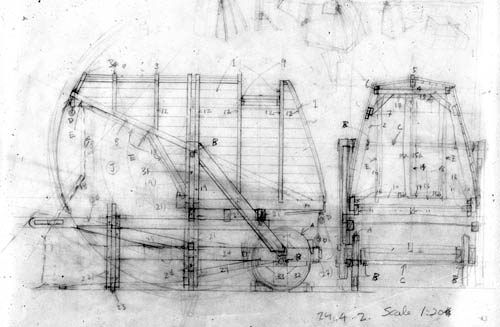 [Image: Slow Box After Image by Shin Egashira].
[Image: Slow Box After Image by Shin Egashira].Shin Egashira, an architect and instructor at the AA in London—and co-author of the amazing pamphlet I mentioned back in April, the Alternative Guide to Portland—has a number of projects that I'd like to write about here, but I'll limit myself to one: Slow Box After Image, produced in 2000 in Japan.
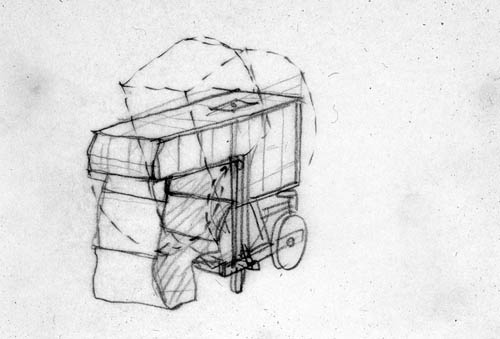 [Image: Slow Box After Image by Shin Egashira].
[Image: Slow Box After Image by Shin Egashira].The project, Egashira explains on his website, "required the construction of an over-sized camera vehicle (Slow Box) and an archive space (After Image). Slow Box can fit a person inside its wooden structure. It travels across villages with a help of an agricultural tractor."
It needed up to 30 minutes of exposure time per image, and each exposure produced only one part of the eventual, tiled print—a print that measured no less than 1.5 square-meters. The results—which you can see toward the end of this post—are amazing.
But check out the structure first, its hinged operation seen here in model form.

 [Images: Slow Box After Image by Shin Egashira].
[Images: Slow Box After Image by Shin Egashira].The whole contraption, Egashira explains in his book Before Object, After Image: Koshirakura Landscape, 1996-2006, "can flip from a horizontal position (when it is in transit or being used as a darkroom) to a vertical fixed position, which allows one to sit inside and see the inverted image."
- Climbing down into the belly of the camera for the first time as it creaked and shook around me, I felt like an early pioneer about to descend into the depths of the ocean in some kind of prototype submarine. Last waves and smiles to those outside before closing up the hatch and sinking into my own world of muffled sounds and stifling darkness.



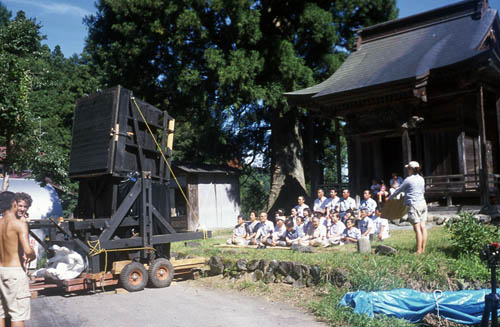 [Images: Slow Box After Image by Shin Egashira].
[Images: Slow Box After Image by Shin Egashira]."7 villages showed their interest to collaborate," the architect adds, "namely, Takakura, Takizawa, Kurokura, Kettou, Seitayama, Funasaka and Koshirakura. The journey was organized as 3-4 days in each village, taking photographs as a form of communication, just us being a group of visitors asking permissions for taking pictures, except the camera that is big and slow enough to be taken seriously."
Egashira quips that, "Over time we all began to build up a close relationship with the thing as we hauled it daily from one village to the next, in a procession akin to a medieval pilgrimage caravan bearing a precious effigy. How strange it must have seemed to the elderly villagers we visited as an increasingly disheveled troupe of people from all over the world turned up in a slow-moving convoy of car, van and tiny buzzing moped, with the tractor bearing the camera at the centre, raised up high and sheathed in canvases lashed with ropes for protection."
Some of the resulting images can be seen below.
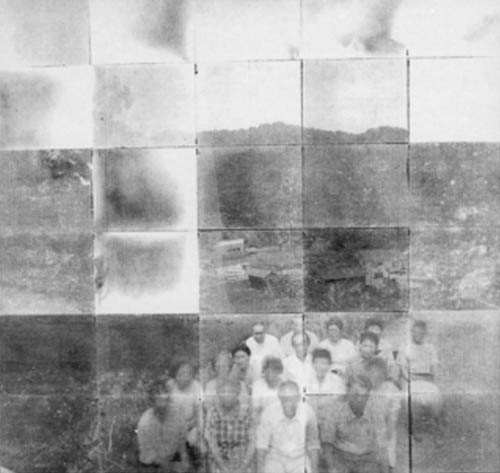

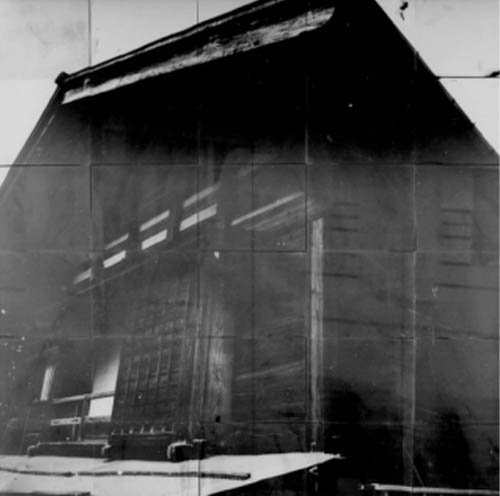
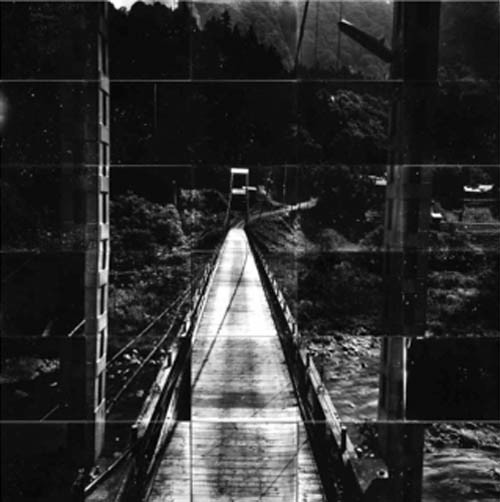 [Images: Slow Box After Image by Shin Egashira].
[Images: Slow Box After Image by Shin Egashira]."The pictures were eventually displayed in an old hall with tall windows hugh up on a remote hillside," we read. "Twenty or so large sheets of glass with images showing the people of this quiet corner of Japan, the sepia colour and hazy focus conjuring up anthropological images that could have been taken a hundred years before."
The installation shots, below, are from the school gym in Kurokawa Village, where the prints were displayed in August 2000.
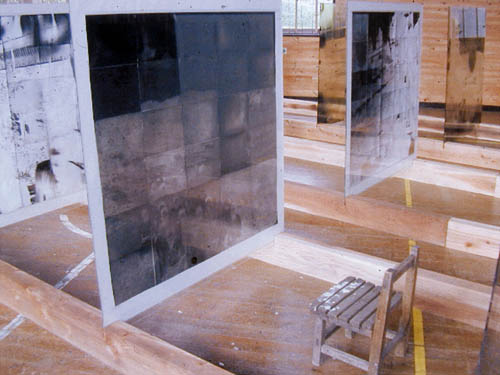
 [Images: Slow Box After Image by Shin Egashira].
[Images: Slow Box After Image by Shin Egashira].Egashira and his students also built a Suitcase Camera in 2003, which is basically what it sounds: an unfolding suitcase-camera on wheels that they hauled, once again, village to village, photographing residents in situ.
The mobile camera device/portable architecture hybrid is a pretty intriguing mix, though, and I would love to see further permutations of the concept. Perhaps something combining the Strandbeest of Theo Jansen with Gigapan, by way of Shin Egashira, to unleash autonomous, roving, bamboo-framed camera-machines that wander town to town through mists and mountains.





Comments are moderated.
If it's not spam, it will appear here shortly!
the first and last images of this post are my favorite. haunting.
It reminds me of the old railroad pictures when they were working their way across the landscape!
There seems to be some missing information. These appear much like photographs from the early nineteenth century using very primitive materials. The rig is also reminiscent of some of the old railroad cameras. What kind of photographic materials were used and how were they processed?
I'm fascinated by the photographs. It's a shame that the wheels weren't designed into the mechanism though. To engineer such a beautiful tool and then just plop it down on a flatbed trailer is unfortunate.
take a look at this! A real 1:1 scale Camera from Austria build in the 1970s
http://www.camera-imago.com/
Post a Comment